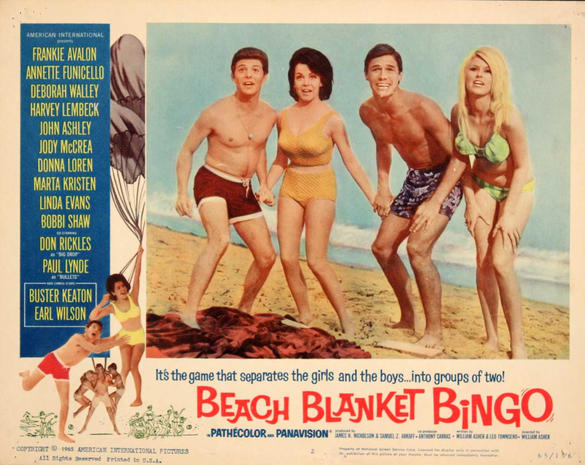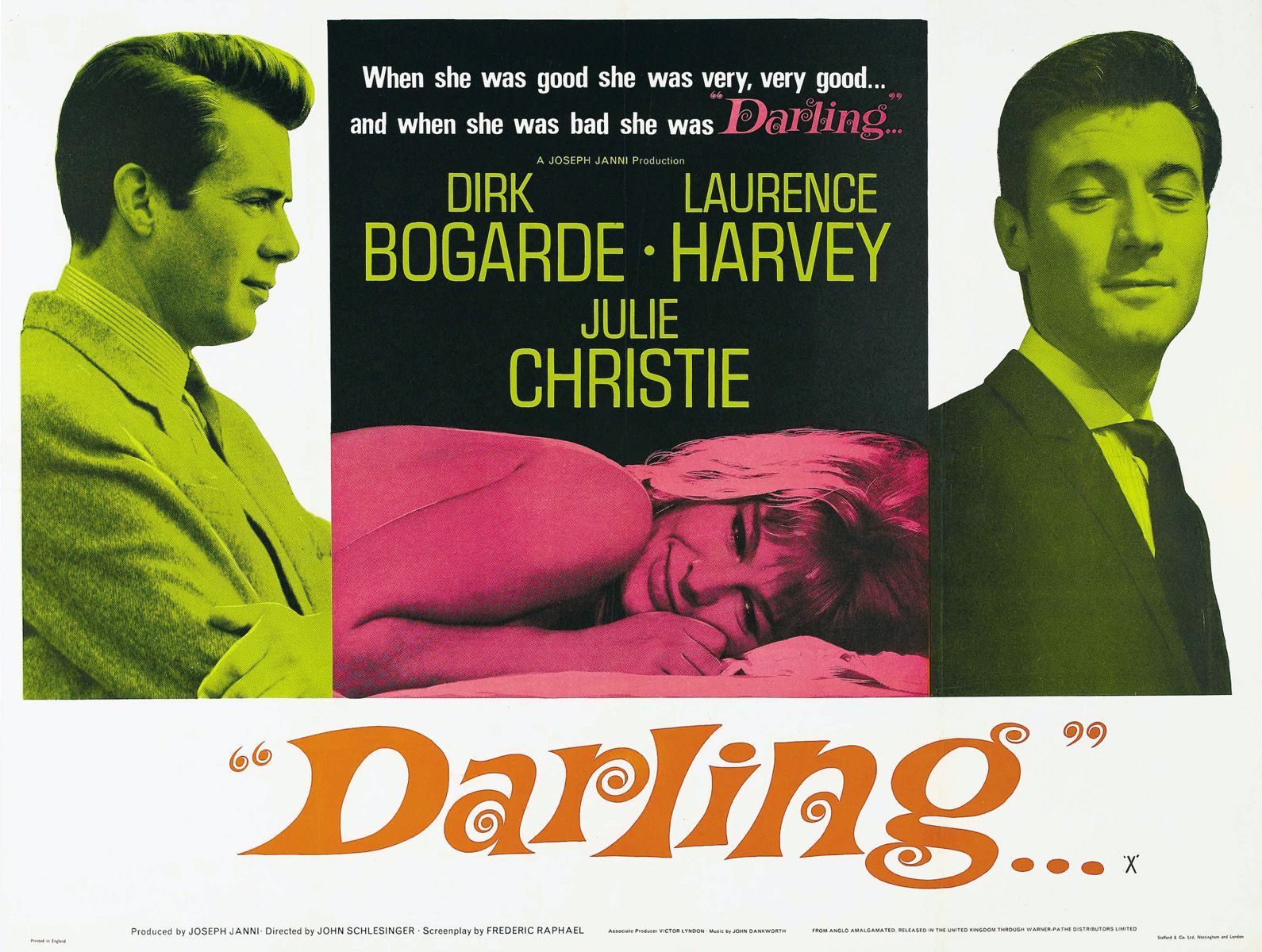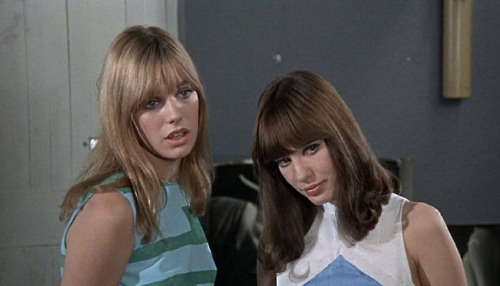by Mark Brinkerhoff

The mid-‘60s were as stark and as seismic a cultural (and political) turning point as any, and few places was that more evident than on movie screens. Sure, many a cinephile and film historians will cite 1967 as the year of full-on revolutionary American cinema—when the Hollywood of old was overthrown from within—but seeds of this were planted in 1965, as old, quaint fads gave way to new, bold ideas.
For those of us old enough to remember, either first or secondhand, the phenomenon that was the American teenager can not be overestimated. From the ‘50s into at least the early ‘60s, “teenagers” became a novel, powerful consumer and cultural force...
They almost single-handedly drove the seemingly overnight creation of new superstars like Elvis Presley and The Beatles, to name just two of the—if not the—most galvanizing musical acts of the last century. Alongside these waves of youth-powered, pop-culture frenzy was another that swept the nation: The so-called “Beach Party” sub-genre of films, inspired by the popularity of Gidget in 1959, followed by Where the Boys Are in 1960. Boasting skimpier clothes—and more sexual innuendo—than prior teen sensations, these films made household names of “Frankie [Avalon] and Annette [Funicello],” starting with The Beach Party in 1963. Six such films followed in short succession, peaking in 1965 with the release of Beach Blanket Bingo, Ski Party, How to Stuff a Wild Bikini, Sergeant Deadhead, and wildly Dr. Goldfoot and the Bikini Machine in the span of barely seven months. Overkill, thy name is the Beach Party series.
Concurrently, on the other side of the pond (and imminently invading American shores, like a reverse D-Day) was the a decidedly more avant-garde “Swinging Sixties” movement, an edgier cultural phenomenon that would reshape cinema in more lasting ways than Frankie and Annette (though I did watch that duo religiously in Disney channel reruns back in the day).

Out with the old, in with the new!
The Knack...and How to Get It, the Palme d’Or winner of 1965, debuted in between Beach Blanket Bingo and Ski Party, followed shortly thereafter by Darling, the seminal John Schlesinger film that showcased Julie Christie in a (deservedly) Oscar-winning role of a capricious young model whose relationships leave heartache in their wake. Bookended by The Pleasure Girls, featuring an unbelievably young Ian McShane, 1965’s trio of Swinging Sixties pictures addressed—explicitly or implicitly—themes that were taboo for the day: abortion, homosexuality, sexual assault, etc. That these topics were addressed at all is remarkable; that they’re still up for debate is as striking as it is depressing.
May I note what an incredible, decade-long run of films Schlesinger had, qualitatively—from Billy Budd, Darling, and Far from the Madding Crowd, to the previously celebrated Midnight Cowboy, Sunday Bloody Sunday, and The Day of the Locust. His early output alone gives credence to why Michelangelo Antonioni was so taken with the movement that he decided to make the London-set Blowup his first entirely English-language film the very next year.
In 1965, cinema—the world—was a-changing, and the wonder of film for us today remains the fascinating time capsules, the culture clashes, that it preserves for those just waiting to (re)discover it.

more on 1965
the 1965 Smackdown arrives tomorrow